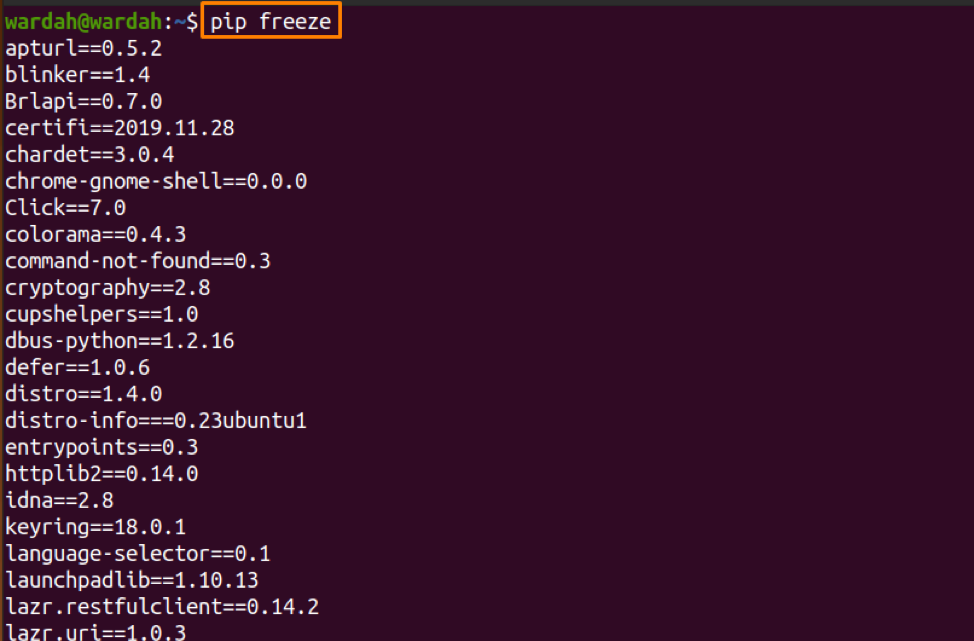

MS in Information Science: Machine Learning From University of Arizon.MIT No-Code AI and Machine Learning Course.IIIT Delhi: PG Diploma in Artificial Intelligence.Artificial Intelligence Course for School Students.AI for Leaders & Managers (PG Certificate Course).Weekend Classroom PG Program For AI & ML.M.Tech in Big Data Analytics by SRM University.M.Tech in Data Engineering Specialization by SRM University.Data Science & Business Analytics Program by McCombs School of Business.MTech in Data Science & Machine Learning by PES University.Master’s (MS) in Data Science Online Degree Programme.MIT Data Science and Machine Learning Course Online.Master of Data Science (Global) – Deakin University.NUS Decision Making Data Science Course Online.PGP in Data Science & Engineering (Data Engineering Specialization).PGP in Data Science and Engineering (Bootcamp).PGP in Data Science and Engineering (Data Science Specialization).PG Program in Data Science and Business Analytics Classroom.PGP in Data Science and Business Analytics.Data Science & Business Analytics Menu Toggle.Check out our guide and learn how to install NumPy using PIP. NumPy is a library for the Python programming language, adding support for large, multi-dimensional arrays and matrices. Keep in mind that Pip is used specifically for Python packages in the Python Package Index (PyPI). With this guide, you have learned how to install Pip on Ubuntu for Python 2 and Python 3. The command line changes to indicate that you are operating within the new Python virtual environment. From here, you can use Pip to install a module only to this environment. Replace my_test_environment with the name of your project. This environment includes Python, Pip, the Python library, and supporting files. A new directory will be created with the name you provide.Īctivate the virtual environment with the following command: source my_test_environment/activate

For example: /users/username/pythonĮnter the following command to create a virtual environment in that path: python3 –m venv my_test_environment Once that process completes, you can create a virtual environment for Python. Change the directory to a location where you want to store your virtual environment. We are using the apt package installer because we’re installing the python-venv module globally. Install the module with the following terminal command: sudo apt install python3–venv To create a virtual environment, the python-venv module is required. Setup Python Virtual Environments (Optional)


 0 kommentar(er)
0 kommentar(er)
